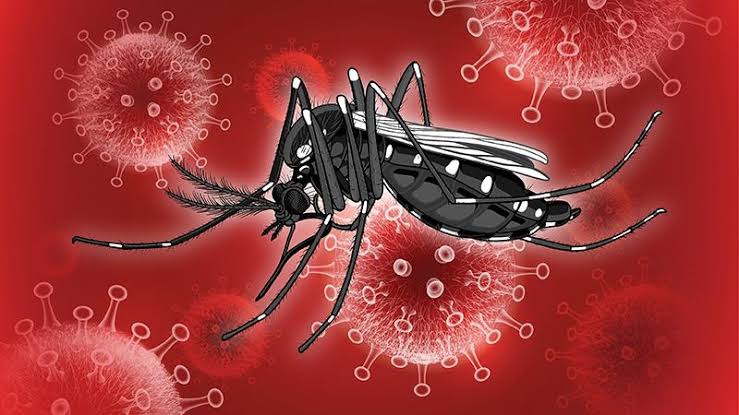Lymphatic System
The lymphatic system is a network of tissues, vessels and organs that work together to move a colourless, watery fluid called lymph back into your circulatory system (your bloodstream).
Some 20 litres of plasma flow through your body’s arteries and smaller arteriole blood vessels and capillaries every day.
Lymphatic organs and tissues
- Primary lymphatic organs are red bone marrow and the thymus glands. Stem cells in red bone marrow give rise to mature B cells and to pre-T cells. T cells migrate in thymus and mature there.
- Secondary lymphatic organs include lymph nodes, spleen, and lymphatic nodules. These are the sites for immune responses.
Lymph Fluid
- Lymph fluid is the clear interstitial fluid that is found between the cells of the human body. This fluid enters the lymph vessels by the method of filtration through the pores that are present in the walls of capillaries.
- The secreted lymph then travels to any one or more of the lymph nodes before emptying eventually into the right or the left subclavian vein where it mixes back with the blood.
Lymph Formation
- Due to continuous exchange of substances between the cells and the interstitial fluid, its composition continuously changes.
- As interstitial fluid forms at the arterial end of the capillaries, due to the higher blood pressure that it flows under when compared to veins, most of it returns to the venous ends.
- However, the rest enters the lymph capillaries as lymph.
Lymph Composition
- Lymph has a composition that is quite like that of interstitial fluid. However, it may differ slightly based on the type of tissue that it is draining. Lymph contains cells like white blood cells. The concentration of lymphocytes, a type of white blood cell, is higher in the lymph fluid when it leaves a lymph node.
- It has no RBCs and larger proteins.
Chylomicrons are rich in triglycerides; lipids enter in lacteal. Whereas protein is 10 times high in lymphatic vessels of liver as compared to rest.
Lymph Circulation
There are certain tubular vessels that are responsible for transporting lymph back into the blood stream, thus, ultimately replacing the volume of blood lost during interstitial fluid formation.
- These channels through which lymph flows are known as lymphatic channels. Since there is no central pump in the lymphatic system, unlike the cardiovascular system, lymph still travels from one center to another.
This occurs even under low pressure due to the propulsion of lymph through the lymphatic channels by contraction and relaxation of the smooth muscles, valves and due to adjacent arterial pulsation.
Functions of Lymphatic System
- Draining Interstitial Fluid
- Lymphatic vessels transport lipids and lipids soluble vitamins (ADE & K) absorbed by the GIT to the blood
- Facilitating immune response. Lymphocytes and macrophages recognize foreign cells, microbes, toxin & cancer cells.
System responds 2 ways:
- Lymphocytes T cells destroy the invader cells causing them to rupture or releasing cytotoxic substances.
- Lymphocytes B cells differentiate in plasma cells, which secret antibodies that combine with specific foreign substances
Lymph Disorders
- There are many lymphatic system diseases that can eventually affect the composition or flow of lymph. These diseases normally affect the lymph nodes. These include:
- Lymphedema is the condition where there is obstruction of the lymphatic system. In this condition, there is fluid buildup which leads to edema and swelling. This may occur due to either obstruction due to an overgrowth or due to an infections
- Lymphadenopathy is an increase in the size of the lymph nodes. This normally signifies the presence of an infection or disease in the body.
- Lymphadenitis is a condition where there is inflammation of the lymph node and the lymphatic system.
- Lymphoma is a type of cancer that arises from the lymph nodes. In this condition, the lymphocytes undergo changes and start to multiply uncontrollably.
Lymphatic system is an important part of the body’s defense system which helps to fight off infections, most of which is carried out by this clear fluid.


